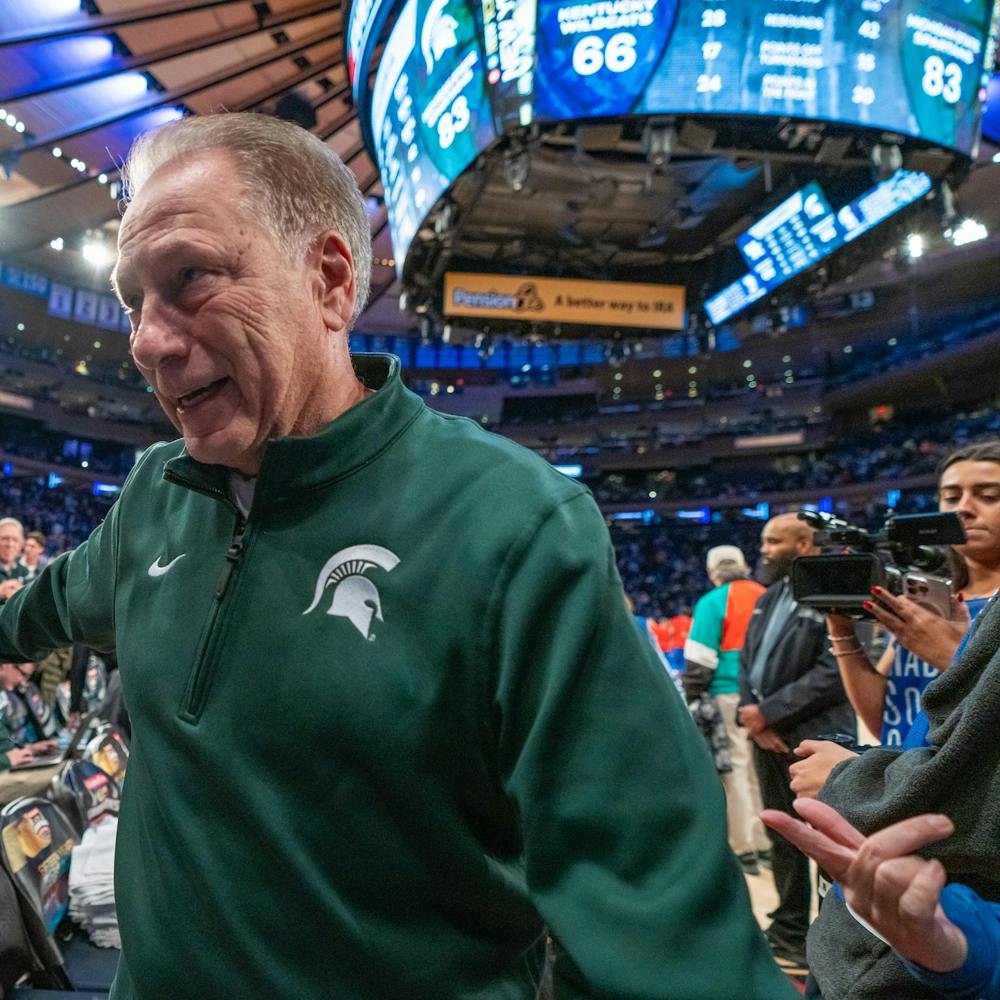To many students, the end of summer means cold weather is on the way. But it also means harvest time for farmers and gardeners, and many local food banks look at this time of year as a great opportunity to get donations.
Some local food banks say the struggling Michigan economy hasn’t prevented people from donating.
The Greater Lansing Food Bank, or GLFB, has not experienced a food shortage, said Sharon Krinock, director of the GLFB.
The Food Movers, which is part of the GLFB, has been receiving more food than usual.
“We’re getting a lot more (food) from farmers,” said Phyllis Handley, director of the Food Movers. “ We usually distribute bread and sweets, but we’re getting a lot of fresh produce from farmers.”
The Food Movers distributes food to 38 different recipients, including community kitchens and shelters. It usually rescues about 500,000 pounds of food a year. Last year, the Food Movers distributed nearly 654,000 pounds of food, Handley said.
The MSU Student Food Bank differs from most food banks because it prefers donated money instead of food.
“We prefer money because we buy food from the Red Cross at a substantially lower rate,” said Kristin Moretto, director of the Student Food Bank.
The Student Food Bank distributes about 38,000 pounds of food each year to MSU students and families.
The Student Food Bank is open every other Wednesday in the Olin Health Center dining room. Any student who does not have an on-campus meal plan is eligible.
In order to receive food, students must present their student ID and have a short interview to determine which food is most useful for them.
Although there hasn’t been a food shortage, the amount of people in need is increasing.
“We have had an increase in students coming to the distribution,” Moretto said. “It could be because of the economy … it could be because there are more students in need.”
Nearby community kitchens also are noticing more people in need.
“Our number of meals being served is going up from last year,” said Anna Thiel, director of the Southside Community Kitchen.
According to the Michigan League for Human Services, the poverty rate in Michigan in 2007 was 14 percent, which was a 0.5 percent increase from 2006.
The amount of meals served by the GLFB is increasing, Krinock said.
“The economy of Michigan and the lack of jobs are a reason,” she said.
Support student media!
Please consider donating to The State News and help fund the future of journalism.
Discussion
Share and discuss “Food banks see donation increase” on social media.






